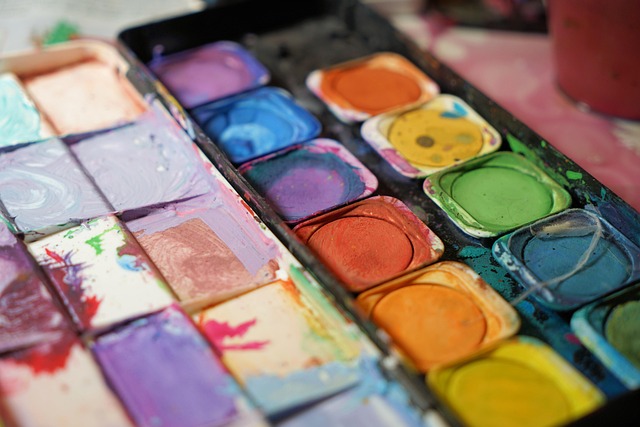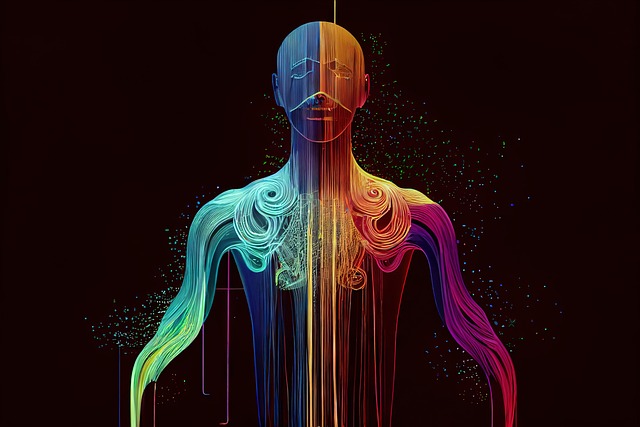Unlocking the Power of Color Theory in Graphic Art and Design
Color is more than just a visual element; it elicits emotions, influences perceptions, and tells stories. In the realms of graphic art and design, color theory serves as the backbone of effective communication. Whether you’re a seasoned designer or an enthusiastic hobbyist, understanding color theory can transform your work from ordinary to extraordinary.
The Emotional Impact of Color
Every color has its language. For instance, red can evoke passion, urgency, or even danger, while blue tends to convey calmness and trust. Artists and designers tap into these emotional connections, using color to create experiences that resonate with their audience. By harnessing the effects of warm and cool colors, creators can guide viewers’ emotions and expectations.
Combining Colors: The Science Behind Aesthetics
Understanding how colors interact with one another is essential to effective design. Complementary colors—the ones that sit opposite each other on the color wheel—can create vibrant contrasts that attract attention. On the other hand, analogous colors, which are next to each other, offer a more harmonious and soothing blend. Mastering these combinations through color theory allows designers to develop aesthetically pleasing graphics that communicate their message clearly.
The Role of Color in Brand Identity
In the world of branding, color choice is critical. Companies often utilize specific colors to create an immediate association with their brand. Think of the bright yellow of McDonald’s or the refreshing green of Starbucks; these colors not only aim to attract attention but also embody the essence of the brand. By understanding color theory, designers can align a brand’s visual identity with its core values, enhancing recognition and customer loyalty.
Practical Applications in Graphic Design
Incorporating color theory into your design process starts with experimentation. Use tools like Adobe Color to create palettes that evoke the right feelings for your project. Explore monochromatic schemes for a sophisticated look or bold contrasts to grab attention. Remember, the effectiveness of color can vary across cultures, so always consider your target audience when making choices.
Color Accessibility: Designing for All
Accessibility is an essential consideration that goes hand-in-hand with color theory. Not everyone perceives color the same way, and a significant portion of the population experiences color vision deficiencies. Ensuring your designs are accessible means choosing color combinations with sufficient contrast and clear visual hierarchies. This not only broadens your audience but also enhances the overall user experience.
By unlocking the nuances of color theory within graphic art and design, creators can significantly uplift their projects. From evoking emotions to solidifying brand identities, the power of color cannot be underestimated. Dive into the world of colors, and let them illuminate your artistry!




